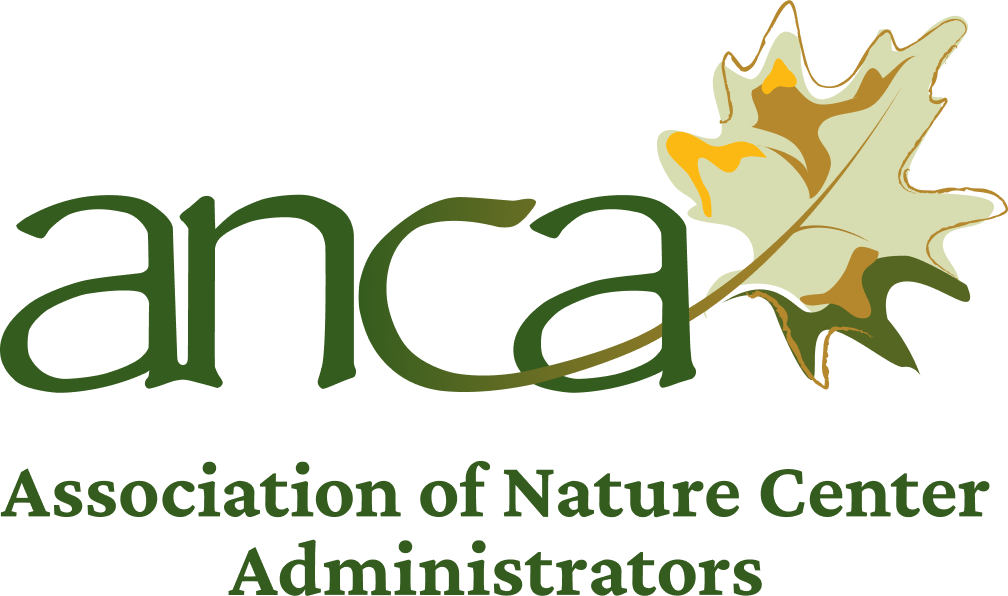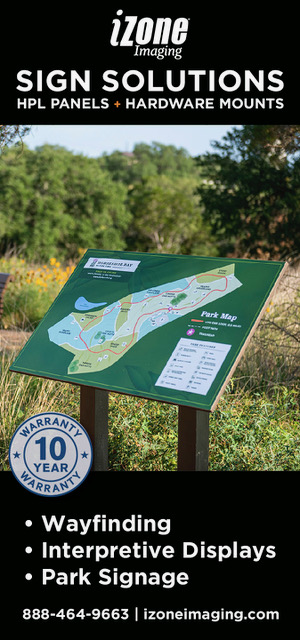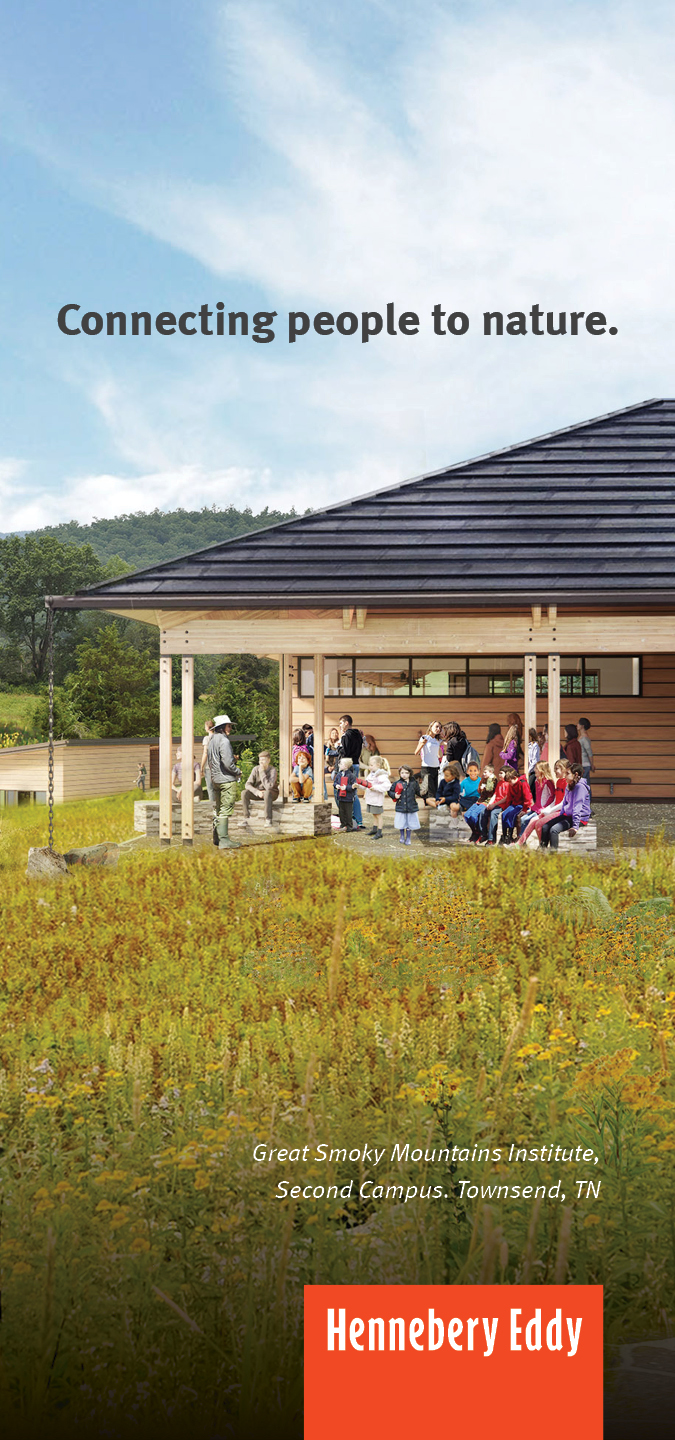by Rebecca Minnick, Executive Director of Louisville Nature Center
In spring of 2025, the Louisville Nature Center staff, board, and community sent a loud and clear message to city leaders that nature and greenspace matter.
Louisville Nature Center (LNC) is situated in an 80 acre forest surrounded by urban neighborhoods and bordered by Joe Creason Park. In March 2024, two representatives from the Kentucky Tennis and Pickleball Center (KYTPC) informed LNC of plans to build a massive, indoor-outdoor tennis and pickleball facility at Joe Creason Park. This development, a “public-private partnership,” was to include a three story, warehouse-style building extending on pillars across an access road, jutting into the edge of our forest, replacing greenspace in the upper portion of Joe Creason Park with courts and parking lots.
We were asked to keep the plans confidential (which was a huge red flag), but I quietly shared the plans with the LNC Board and a few neighbors. Together we reached out repeatedly to elected officials, only to be told, “It’s premature for public input,” if we received any response at all. The site plans we were given seemed developed enough for the public to know and have an opportunity for input. LNC offered to host a public meeting, but we were continually brushed off. Neighbors were infuriated, as they were by and large ignored by public officials when they repeatedly asked for more information over the following year.
In April 2025, the local press broke the story about the Tennis Center proposal, now even further along in its development. LNC hosted a meeting for neighbors who wanted to organize in opposition to the proposal. Sixty people showed up to this meeting, which was not publicized, but rather spread through word of mouth! Even more impressive were how many hands went up when various volunteer opportunities were presented.
With a combination of luck, passion, and talent, neighbors came forward with skills in graphic design, video production and editing, organizing, and in the legal side of things such as navigating public records requests. The campaign coalesced quickly, with very professional-looking graphics on yard signs and social media, and high-quality video reels showcasing the beauty of the park and featuring interviews of many neighbors who use the park regularly. Because this unified look lent legitimacy and professionalism to the campaign from the very beginning, people from all over Louisville felt comfortable following these pages. Yard signs proliferated in surrounding neighborhoods and beyond, bearing messages such as “Nature Over Nets” and “Parks Over Pavement” on one side, and “Save Joe Creason” on the other. An online petition amassed 7,494 signatures within a month.
In addition to petitions, yard signs, and social media, the neighbors activated the park. An arborist who lives across the street led free guided tree walks. Neighbors organized picnics, parties, Easter egg hunts, group runs, and more, to both show the city how important the park is and to bring a sense of joy and connection to the affected community. Volunteers regularly walked the park paths, handing out fliers and talking to community members about the proposed development. They also canvassed at farmers markets and public events at other parks.
LNC Board, staff, and community members discussed the proposal, and felt strongly that it would have a very negative impact on the experience of our visitors, students, and campers, as well as on the wildlife who call our Preserve home. We decided to take a resolute stance, publishing an op-ed in the Courier-Journal, writing a letter to the Mayor and Metro Council, and doing many interviews with local news channels. We encouraged staff and the community to get involved and make their voices heard, and we continued to provide space for neighbors to meet, plan, and pick up and drop off signs and t-shirts. We received assistance from partner nonprofits such as the Louisville Audubon Society, Beckham Bird Club, and Wild Ones Louisville, who helped us gather data about the potential impacts to wildlife and the watershed of such a development.
An environmental lawyer and a former Metro Council Legislative Assistant live close to the park, and helped with public records requests for information such as how long the project had actually been in the works, who was on the team, and the (continually denied) connection between the proposed development and a nearby private university. Some of the public record requests were denied, which led to even more press coverage about the issues.
The KYTPC and the city scheduled two public meetings. About 1000 people from all over the city showed up to the first meeting at a nearby community center, but hundreds were not allowed to enter the building, which had reached capacity. With no opportunity for authentic public engagement, tensions were high. There was neither an open mic nor an opportunity for public comment. What happens when people feel unheard? They get louder! A community member pulled up a truck with a microphone and speaker for key organizers of the Save Joe Creason Park movement to address the crowd, who responded with loud cheers of support.
The Louisville Metro Council office said that they were overwhelmed with calls and emails regarding this issue, almost all opposing the proposed development in the park. Because of the swift, organized, community-wide response, Louisville Mayor Craig Greenberg made a public announcement much sooner than expected that the proposed development would not be moving forward in Joe Creason Park.
There were several aspects of this win being a “right place at the right time” occasion. First, I think in April 2025, people needed a win! This felt like it could be a potential victory. It was so promising to see the momentum of yard signs popping up all over town, or the signature numbers hitting new milestones on the petition, or the growing social media presence of the Save Joe Creason movement. Second, people in Louisville had grown very disillusioned with the public input process around other city developments. The press was quick to jump on this story, and the public record requests’ denials fueled this fire. Third, people in Louisville are aware that our Parks are often neglected and underfunded, but that does not mean that we do not love our Parks!
Privatization of public parks seems to be a growing trend across the country, and this was not the first time it had happened in Louisville. Personally, I had just unsuccessfully tried to negotiate with a developer of public land on behalf of my neighborhood, so I fully expected this to be a big challenge. I remembered a tidbit from an ANCA Summit workshop about organizing, and how you basically need to make friends with people on both sides so that they will listen to you and give you information when you need them to. It was helpful to go into this having a relationship with several Metro Council members and their legislative aides, Parks employees and leadership, similar non-profits, several reporters, and many neighbors. At LNC, we decided that our message regarding this proposal was connected to our mission of conservation and access to nature, and we stayed on message at all times. Nature and greenspace are not necessarily partisan issues, as public parks benefit everyone!
In the end, we won, the Louisville Nature Center received an enormous amount of free press, and we strengthened relationships with local partner organizations and many members of the community, who expressed gratitude for our work. We continue to make sure we also express gratitude, for example, we honored some of the key players of the movement at our Gala in October. And we continue to promote our message that nature and greenspace are essential!
An excerpt from our op-ed: “Louisville is a city that prides itself on world class parks and greenspaces. We would be doing a disservice to ourselves, our neighbors, and our children to give up the sanctuary that LNC and Joe Creason Park currently provide to the community. This proposal also creates a dangerous precedent for future development. Will all of the city’s parks and greenspaces be up for sale to the highest bidder? Does every piece of land have a price tag? Will we, in a city with the fastest-rising urban heat island effect in the country and ever-increasing flood events, trade precious neighborhood parks for dollars?” The community answered, a resounding “NO!”
Advertisements


